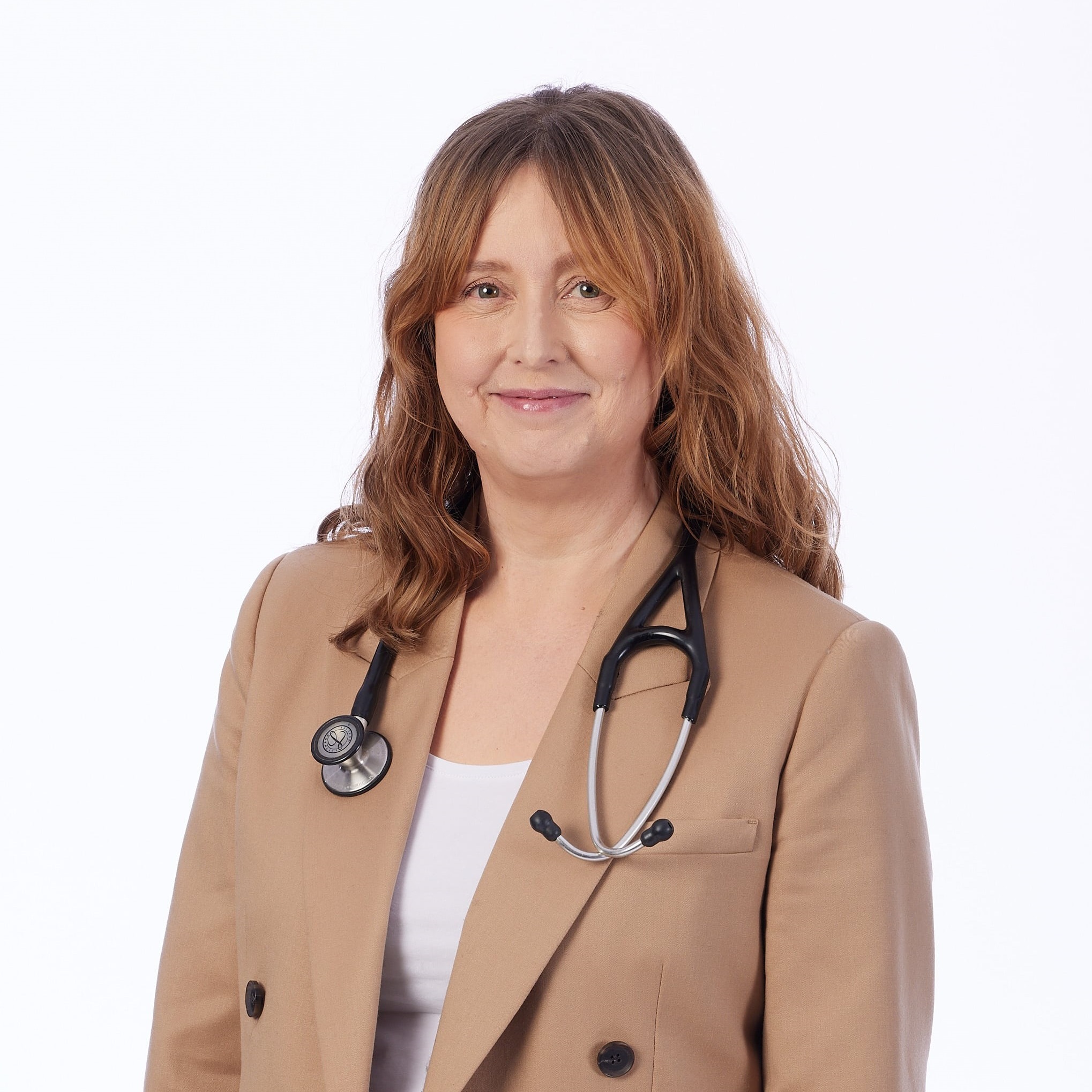

Blood Clots Treatment
Worried about blood clots? InstantScripts can provide a script to help prevent or treat blood clotting issues, ensuring your peace of mind from the comfort of home.
What is a blood clot?
What are the symptoms of a blood clot?
You can have a blood clot anywhere in your body. Blood clots that happen in your arms and legs are known as deep vein thrombosis (DVT). Blood clots that develop in your lungs are known as a pulmonary embolism. Blood clots that block blood flow to your brain may cause a stroke. Blood clots in your heart may cause a heart attack. Pain and swelling in your arms or legs or a change in the colour of your skin may indicate DVT. Chest pain or shortness of breath can be symptoms of blood clots in your lungs or heart.
What factors increase blood clot risk?
Many factors may increase blood clot risk including age, pregnancy, being overweight, smoking and being idle for a long period of time. Taking birth control pills or having hormone therapy can also increase your risk.
When should you seek medical attention?
If you suspect you have a blood clot, you should seek medical attention at a hospital immediately. Some people have bleeding disorders which are usually hereditary and these should be managed by your doctor.
A blood clot is a semi-solid mass of blood cells and other substances that form in your blood vessels. Blood clots protect you from bleeding too much if you cut yourself. However, you may develop blood clots due to being immobile for a long time or having medical conditions that mean your blood doesn’t flow properly.







